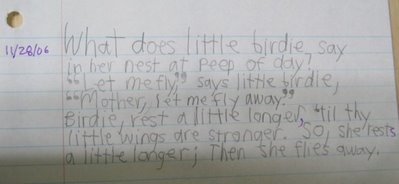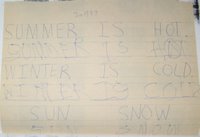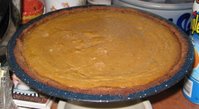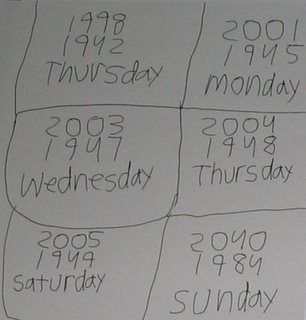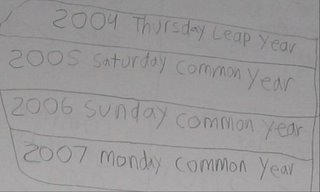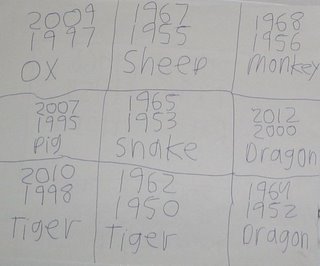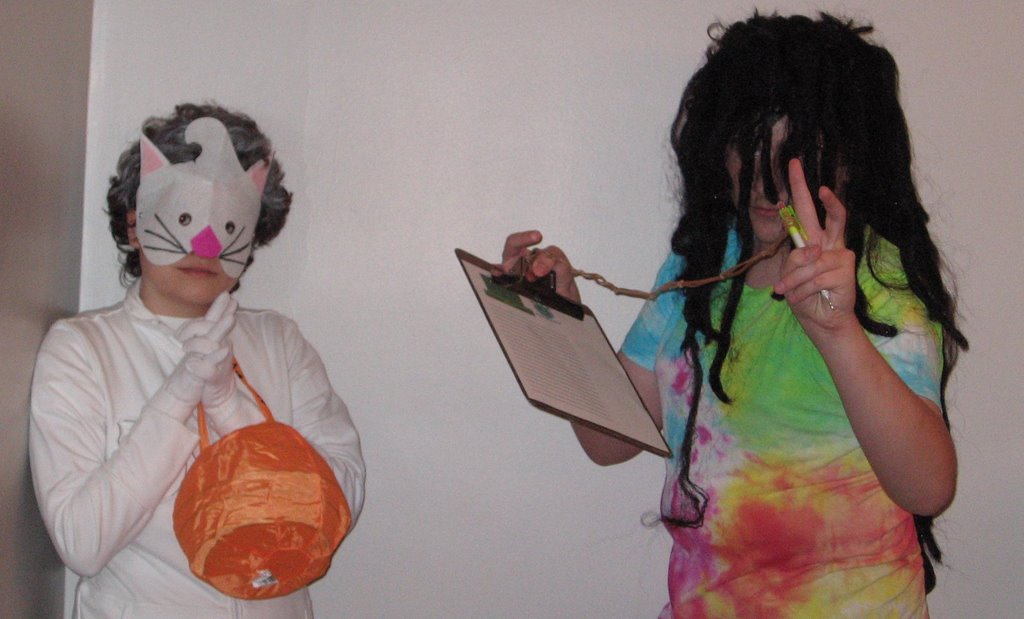The best and cheapest investment in homeschooling curricula I ever made was a 1992
Hammond Ambassador World Atlas. I bought it at a used library book sale in St. Cloud, Minnesota for two dollars.
Only two dollars! We have traced many exciting journeys in our atlas and, because it cost me next to nothing, I boldly mark the maps as we go.
Pamela just started reading aloud
The Endless Steppe by Esther Hautzig, a memoir about a Polish family herded into cattle cars and forced to work at a labor camp in Siberia during World War II. When I circled Esther’s hometown, Vilna, on our Russia page, we noticed she lived close to the hometown of another Jewish girl who fled her home in Berdichev, Ukraine in
Letters from Rifka. Her family fled Russian persecution of the Jews after World War I. We had circled several cities to trace Rifka’s journey to Ellis Island: Warsaw and Antwerp.
Pamela enjoys finding geographical connections between books. When we learned that Ralph Moody was moving to Maine, she was thrilled because
Rebecca of Sunnybrook Farm lived in the Pine Tree State too. Although the towns featured in this book are not in our atlas, we circled what might have been the model for Riverboro (
Hollis, the town where the author spent her childhood). Not far from Hollis is a town called Windham, whose name bears a striking resemblance to Wareham from the book. It might be a coincidence, but we circled it anyway. After reading the first chapter of
Fields of Home, we added two more circles to our Maine page, namely Bath, where Ralph’s ship arrived, and Lisbon Falls, where his grandfather lived.
Twenty-three pages of terrain maps of the ocean floors are a lifeline as we read
The Sea around Us. Rachel Carson described continental shelves, which Pamela found colored light blue on our relief maps, and the deep ocean in dark blue. When the author named the Atlantic Ridge, Pamela traced it with her finger as well as other ridges outlining the continental plates of the world. When she read about various trenches, Pamela located them and traced quite a few. As her fingers traveled across the ocean, we are reminded of other nautical journeys in our present (
Carry On, Mr. Bowditch and
20,000 Leagues under the Sea) and from our past (
Kon-Tiki), all of which are marked in our atlas, which we are tranforming into a prized momento of our literary travels.
